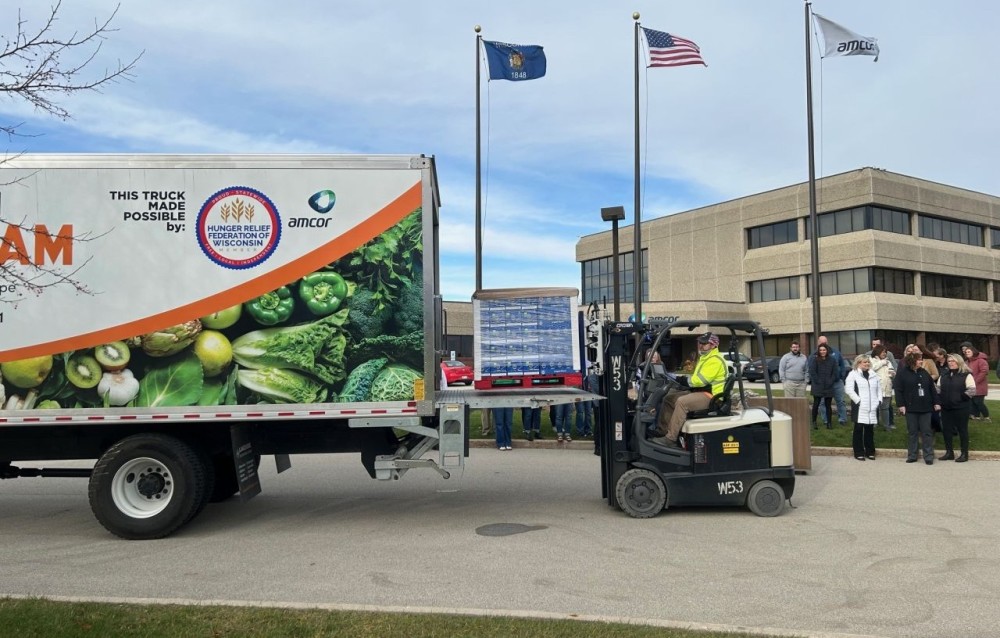Jeremy Rockliff,Minister for Health
Since April 2018, the number of available hospital beds in Tasmania’s public system has increased from 1,360 to 1,583 as at the end of June 2021 – an increase of 223 beds, or 16.4 per cent, and we are continuing to open more beds as staffing allows.
A national report recently released by the AMA pointed to declining beds numbers, which is not the case in Tasmania.
The Tasmanian Liberal Government has continued to invest heavily to increase the number of beds available to manage increasing demand for healthcare.
In fact, according to the Australian Institute of Health and Welfare, our state has the second highest rate of public hospital beds per population in the country.
We are also working to increase our bed capacity by a further 152 beds by the end of this year.
In terms of staffing, we have employed an additional 840 FTE health staff since July 2020 and we are continuing to recruit.
While there are ongoing challenges in our health system with increasing demand, the most recent Health dashboard confirms that the overall number of people waiting for elective surgery has reduced from 12,286 in January to 10,776 in September, a reduction of over 1,500 patients which is an encouraging sign that the initiatives implemented by this Government are having effect.
We are delivering a record program of elective surgery backed by a four year plan to enable around 30,000 additional elective surgeries and endoscopies. More Tasmanians getting their elective surgery within clinically recommended times is a top priority of mine.
Across our hospitals we are also looking at admission and discharges processes to help reduce pressure on our EDs including direct admissions and criterion led discharge where appropriate.
In our busiest Emergency Department, at the RHH, on advice from clinicians we have recently approved an increase in the medical staffing of at least 15 per cent to meet the ACEM (Australian College of Emergency Medicine) Guidelines for presentations between 75,000 and 90,000 presentations a year. This equates to an additional 10.5 FTE doctors.
We are also increasing care in the community through our community rapid response, hospital in the home and ambulance secondary triage services and we have provided $9 million for GP and pharmacy after hours initiatives.
While we are doing our part to improve Tasmania’s health system, we will also continue to argue for additional Commonwealth funding, noting the demand and cost of delivering health care has increased significantly in a COVID environment.








